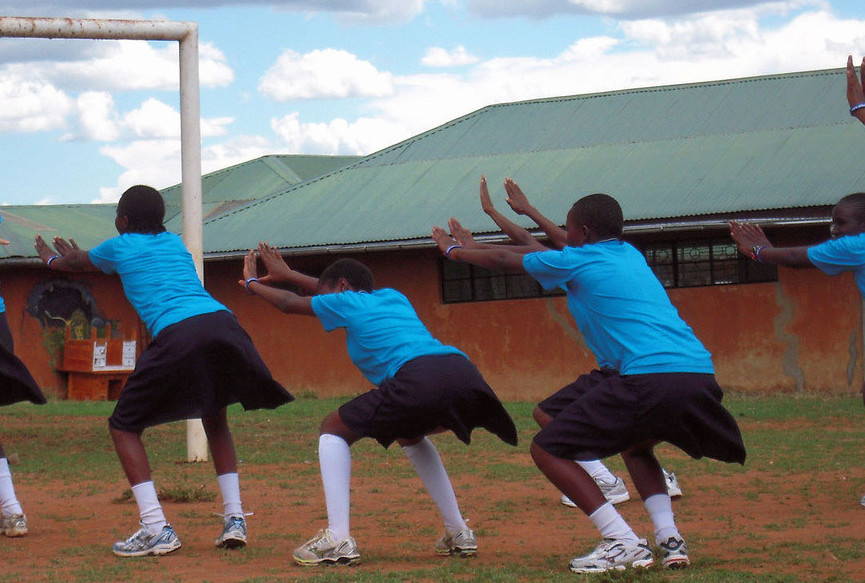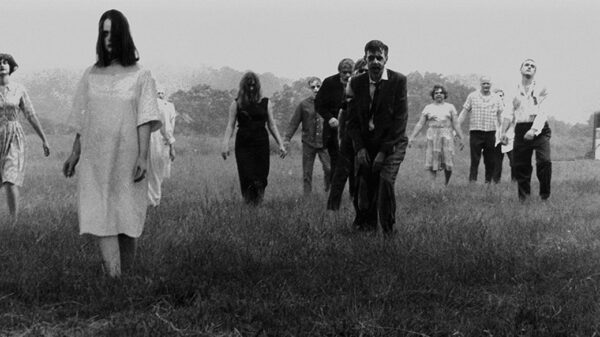According to local television, some kind of spontaneous epidemic occurred at the prestigious St. Teresa Kenyan school for girls: out of 1,000 students, 500 felt unwell. All those who fell ill with an unknown paraplegic disease were vaccinated with a batch of COVID-19 vaccine which arrived in the country at the end of June 2022.
Representatives of the Kenyan Ministry of Health said that blood samples from the sick students were sent to the laboratories of the Kenya Medical Research Institute (KEMRI) to determine the nature and origin of the disease, as well as to develop appropriate treatment.
Clinically, there is obvious damage to the central nervous system, the problem is somewhere in the brain stem, since the patients have so-called athetosis – involuntary muscle movements, observed, for example, in cerebral palsy.
In theory, one can assume some kind of neurotropic toxin – the children ate something bad in the local canteen.
But toxins do not have such a wide range of symptoms; there are either convulsions, paralysis, or athetosis, but not all together in one bottle.
Kenyan health authorities attribute this test result to the poor quality of water and food that the girls consumed. At the same time, the director of the Kakamega County Medical Service, Dr. Stephen Vanday, is inclined to believe that the disease is infectious in nature and can affect all members of the schoolgirls’ family.

Anti-vaxxers blame Bill Gates for everything, but is the accusation far-fetched?
At the end of June, the schedule of use and side effects of three different batches of Pfizer BioNTech vaccines in Denmark were presented by scientists, Gerald Dyker, professor of organic chemistry at the Ruhr University in Bochum, and Jörg Matysik, professor of analytical chemistry at the University of Leipzig.

The graph shows that the vaccine supply and administration batches used in Denmark, which are represented by the dots on the graph, essentially fall into three groups:
“Green groups” have a moderate to moderately high rate of side effects associated with them.
The “green” batch is the batch that has been used the most in Denmark, where more than 800,000 doses have been administered. These 800,000 doses are associated with approximately 2000 cases of adverse events, giving a reported rate of one suspected adverse event per approximately 400 doses. As Dyker says, “That’s not a small amount when compared to what we know about flu vaccines.” According to Dyker’s calculations, green parties make up more than 60% of the Danish sample.
“Blue parties” are apparently associated with extremely high levels of adverse events. As Dyker notes, no more than 80,000 doses of any of the blue batches have been administered in Denmark, suggesting that these particularly bad batches may have been quietly pulled from the market by health authorities.
The “blue” batches had up to 8,000 suspected adverse events associated with them. Eight thousand of 80,000 doses would yield a reporting rate of one suspected adverse event for every 10 doses. However, they are associated with almost 50% of the 579 deaths in the sample.
“Yellow” portions. Dyker estimates that the yellow batches make up about 30% of the total. Dyker notes that these include batches containing about 200,000 doses administered that are associated with literally zero suspected side effects.
As Dyker puts it, “malicious” observers may note that “this is what a placebo would look like,” and it’s clear that Dyker himself considers them placebos.

















